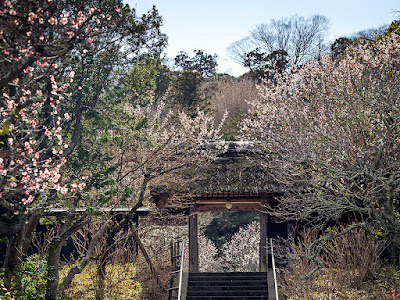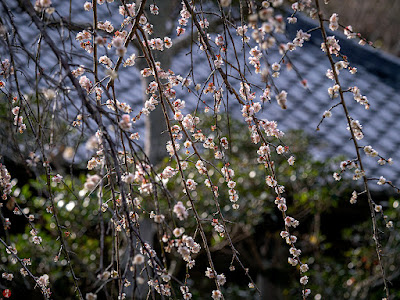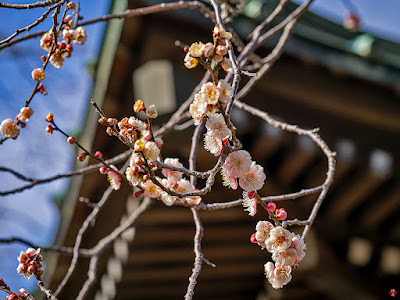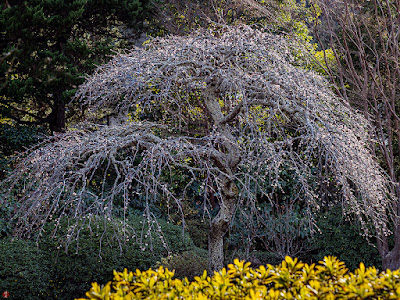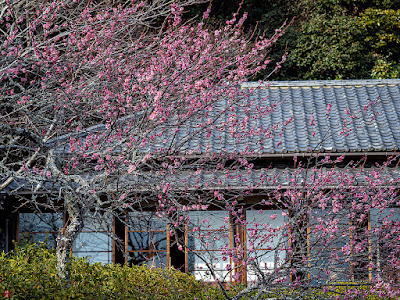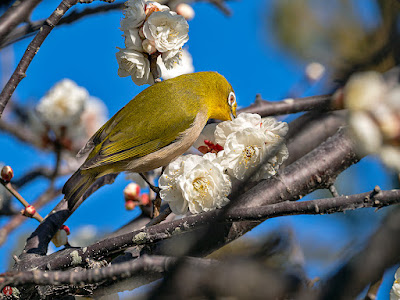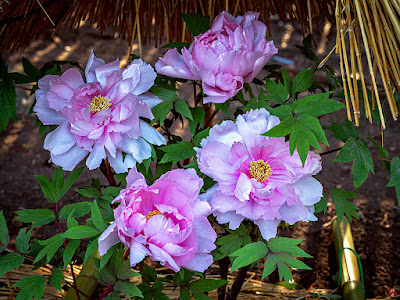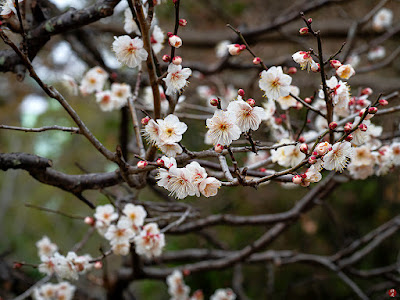
The typical flowering season of peonies is early summer. But, in the cold mid-winter, when the beautiful colors of flowers can be hardly found in gardens, the colorful flowers of Huyu-botan (winter peony) are made to bloom artificially and displayed to delight the eyes of flower fanciers.
These delicate flowers are very vulnerable to harsh winter weather and are affectionately sheltered in straw-covers to protect them against the coldness and dryness of winter.
Taihu stones are oddly-shaped stones with many holes and have been cut out of the hills around Lake Taihu, near Suzhou, China.
These stones have been highly prized as the traditional garden stones in China. They are placed in the renowned gardens in Suzhou and other parts of China for appreciation and meditation.
The hills around Lake Taihu and the islands in the lake are made of pale limestone, and the long erosion by lake water has created many holes in the limestone, giving it complex and tasteful shapes like modern sculpures.
I don't know by what strange connection these winter peonies and Taihu stones are arranged in this garden, but it is certainly a very rare and beautiful garden scene in the deep of winter.
